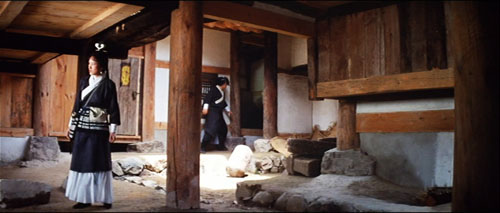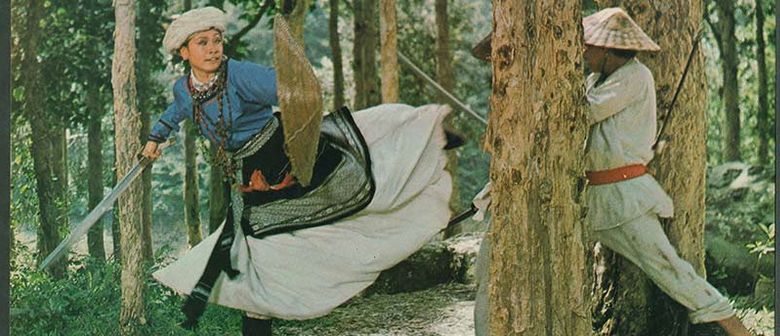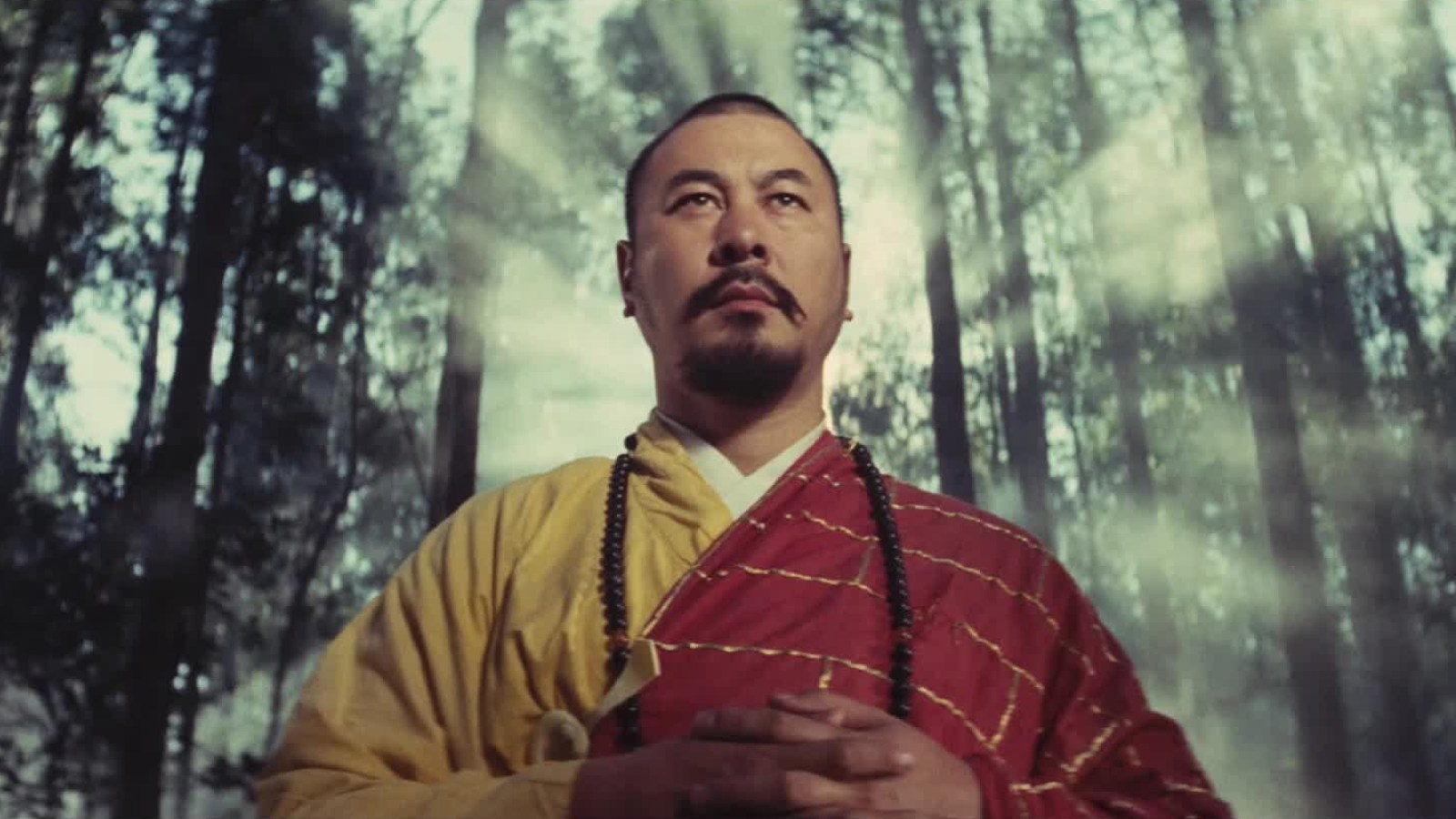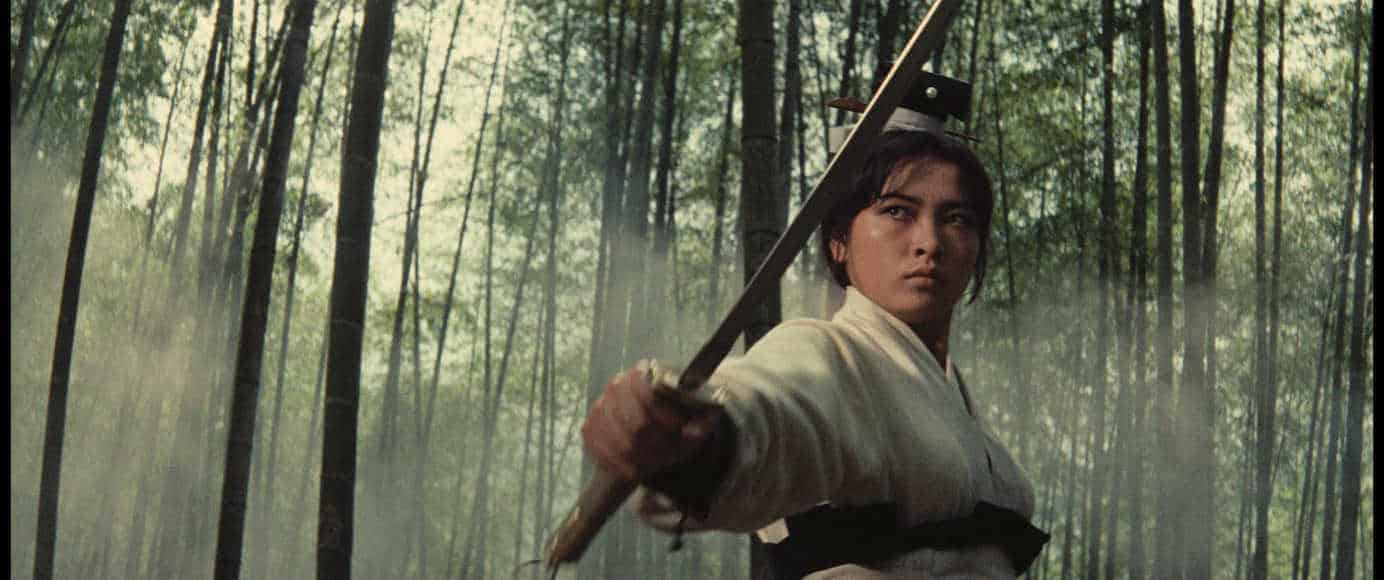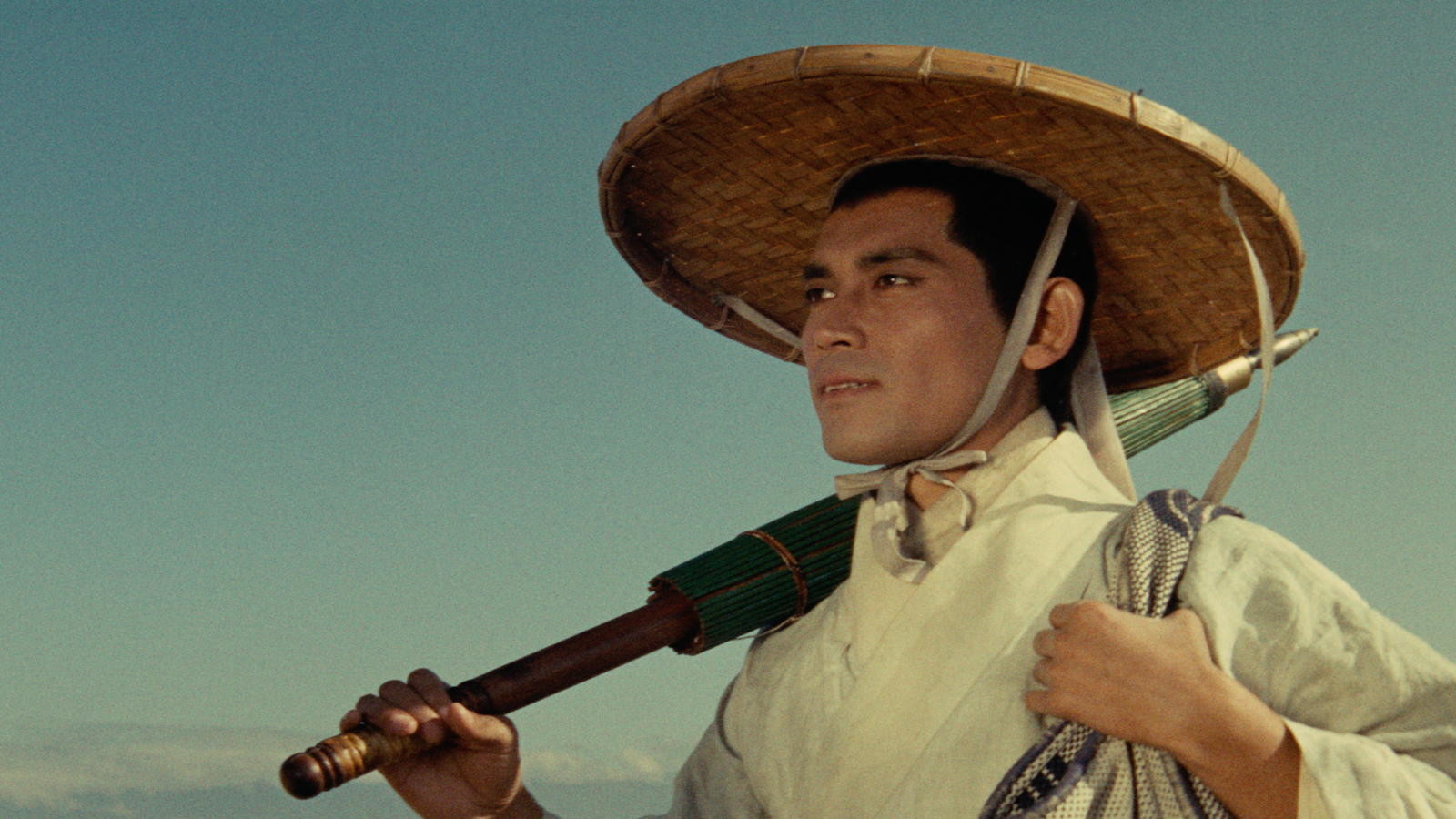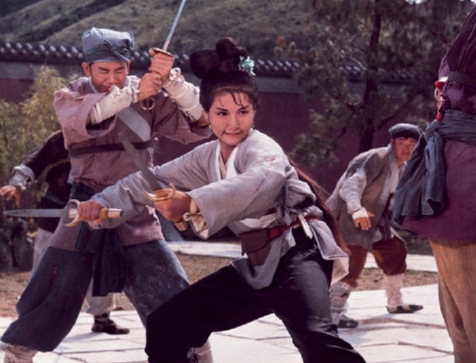Before I began learning about King Hu, I honestly knew nothing about him, nor did I ever hear of him or the films that he made. If anything, i had no idea how much of an impact that he had on the industry, or even that the wuxia genre was actually a genre of film. However, as I finish this course, I know a whole lot of everything about King Hu’s life, nearly all of his major productions, and most importantly, his impact on Chinese cinema and cinematography that came after his work. Honestly speaking, now that I know how large and important of a director that he was, I am exceptionally surprised that his name made it under the radar and is generally unknown to many moviegoers, myself included.
Out of all of King Hu’s films, I enjoyed A Touch of Zen, the Valiant Ones, and Come Drink with Me. For A Touch of Zen, it was fast and action-filled, had beautiful cinematography, and had a gorgeous setting. The Valiant Ones had an interesting plot, tactical warfare, amazing skills for the characters, and the cinematography really emphasized the action. Come Drink with Me had a gracefully strong lead, interesting characters, and decent cinematography. For me, I enjoyed these films due to the actors present in the film, the action scenes present, and the cinematography made it all stand out.
However, there were also films that I didn’t really enjoy nearly as much. Dragon Inn, the Fate of Lee Khan, and Painted Skin are unfortunately on this list. Dragon Inn had a dull and bare setting, a lack of color, and drolled on without much happening. The Fate of Lee Khan had a nearly excessive amount of deaths, another colorless setting, and easily interchangeable characters. Painted Skin’s plot was confusing and had a lot of scenes where nothing too important happened, making it feel long. My main issue with these films in particular were that they felt as if there was a whole of of nothing going on at times, and that the plots were usually abruptly ended without a fairly satisfying ending.
King Hu’s influence is easily seen in a variety of different mediums, not just limited to the wuixa-style martial arts films, but perhaps even present in other genres as well. I can’t help but feel that this has also influenced a bit of Japanese tokusatsu, but I am not entirely sure about that. Some of the scenes and the floaty jumps that traverse long distances seems to stem from King Hu’s special effects, but whether or not that is truly the case, I am not positive whether or not it is true. The fact stands that his very floaty, moon-like gravity jumping is almost a necessary action present in modern-day martial arts films, and it was popularized by him, originally experimented with in Sons of Good Earth.
On the subject of influence, his martial arts choreography is one that is present in nearly every action film, regardless of region. King Hu himself invented the position of “martial arts choreographer,” and basically invented the martial arts that are now present on the screen today, as they did not quite exist before his creation. On top of that, King Hu has also brought varying degrees of fame to now well-known actors and actresses, in particular, Cheng Pei-pei, as seen from the dancing, almost trancelike fight scenes that were present in films, like Come Drink with Me.
However, his influence is definitely seen in other filmmaker’s films, such as Ang Lee’s Crouching Tiger, Hidden Dragon, as seen from the whole bamboo grove fight sequence that was originally present in A Touch of Zen. I feel as if this sort of scene is now almost a staple in most martial arts films, and has even made its way overseas as well, as I swear that I have seen this sort of scene before.
Now that I have finished the instruction on the director study of King Hu, I am glad that I had the experience to take the class for it. I have learned much about the martial arts cinema and the various aspects of the history and the influences for the genres/commonly used elements, and now I hope I can spread the knowledge of King Hu and the wuxia genre of cinematography. Though it is different than the genres present in the rest of the world, it can be just as beautiful and moving as the films released overseas, and one should respect it for what it is and what it can do. Ultimately, I hope that more people are exposed to the works of King Hu, as it is incredibly disappointing that a director of his stature is virtually unknown to most of the public, so I hope that I, along with the others who took the class, are able to spread the word.



